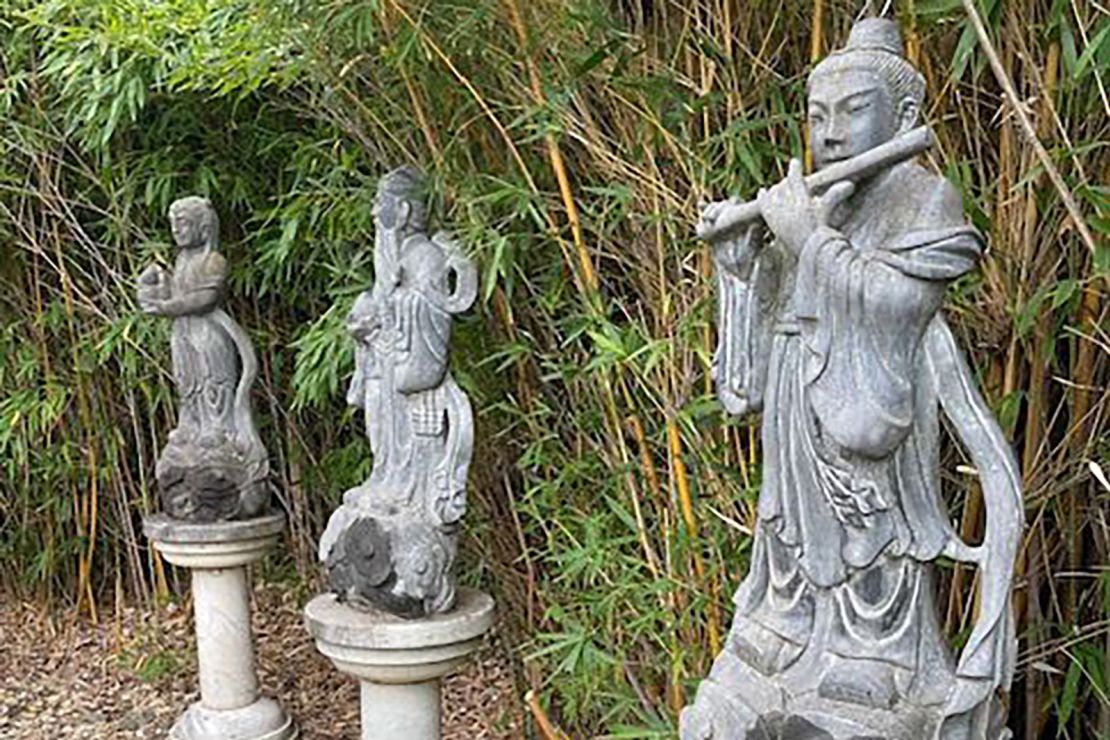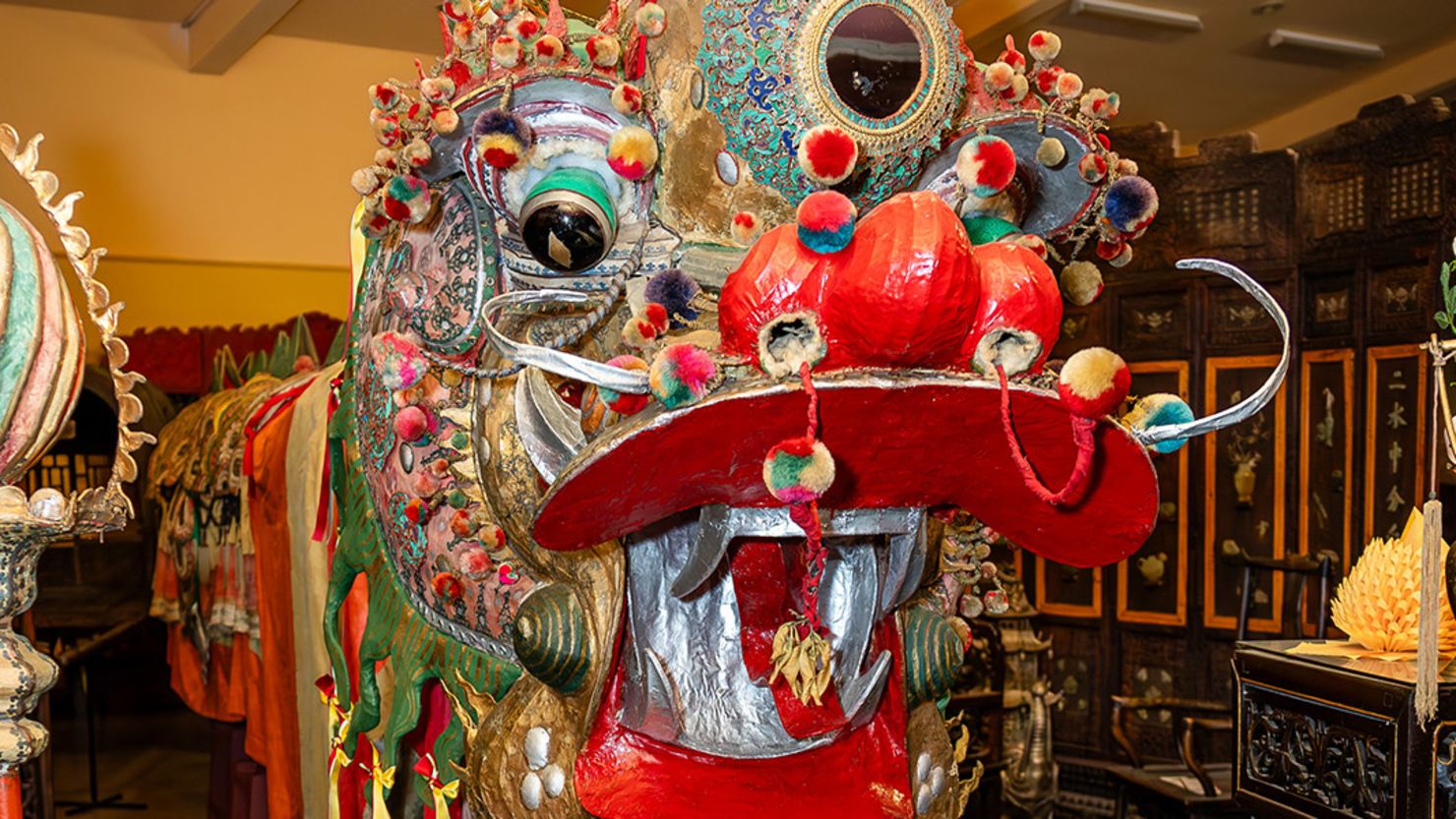Australian police are seeking two people for allegedly vandalizing a century-old Chinese parade dragon and other valuable artefacts at a museum in a small town known for its historic links to China.
The vandalism took place last week at the Golden Dragon Museum in Bendigo, about 100 miles northwest of Melbourne, according to the police and head of the museum.
Victoria Police said a man and a woman are suspected of damaging AUD$100,000 ($66,900) worth of art and historical items, before making off in a silver Toyota Prado on May 5.
“Investigators believe the duo used a liquid to cause damage to multiple statues and paintings,” police said, adding that the suspects were with two children at the time.
Among the artefacts attacked was Loong – described by the museum as the “oldest complete imperial processional dragon in the world.”
“Loong” is a sacred mythical creature in Chinese culture – usually translated as dragon in English – and is often the protagonist in festivities and rituals.
Dragon dances have been documented at ceremonial events since the Han Dynasty (202 BCE to 220 CE) and often involve teams of dancers manipulating a giant dragon puppet through the streets.

Bendigo, currently a city of some 100,000 people, has had Chinese residents for more than a century. Chinese immigrants first arrived mostly from southern China in the mid-1800s during the Victorian goldrush and at one point made up 20 percent of the town’s residents.
Miners and merchants brought their customs and culture with them to a place they once called “Dai Gum San” - or “Big Gold Mountain,” according to Bendigo Tourism.
To this day, a large dragon parade is held every Easter to raise money for a local hospital.
The Golden Dragon Museum was opened in 1991 “to document, interpret and preserve the Chinese heritage in Australia” according to the museum’s website.
Loong, which dates back 1901, was routinely paraded through the streets of Victoria until the 1970s when it was retired.
Hugo Leschen, Chief Executive Officer of the museum, told CNN that they found oily liquid running down Loong’s nose.
Its successor Sun Loong, which took over to parade around the Bendigo until it was also retired in 2019, was also damaged, Leschen said, citing stains on the second dragon’s tongue.
Other parts of the museum were also targeted.

Security camera footage aired on CNN affiliate Nine News showed a woman clad in a white sweater and grey beanie splashing liquid at a Buddhist altar. A man stood next to her in the clip.
Stains were also found on at least 35 paintings and several statues of Chinese deities in the temple as well as a garden next door managed by the museum, Leschen said.
“With these further attacks it is now evident that this was no random act of mindless vandalism but rather a planned and sustained malicious attack across various heritage, cultural and religious sites for reasons unknown,” he said.
The Chinese Community Council of Australia condemned the vandalism in a statement. While police have yet to comment on the motivation, the group is concerned the act “may have been racially motivated.”



